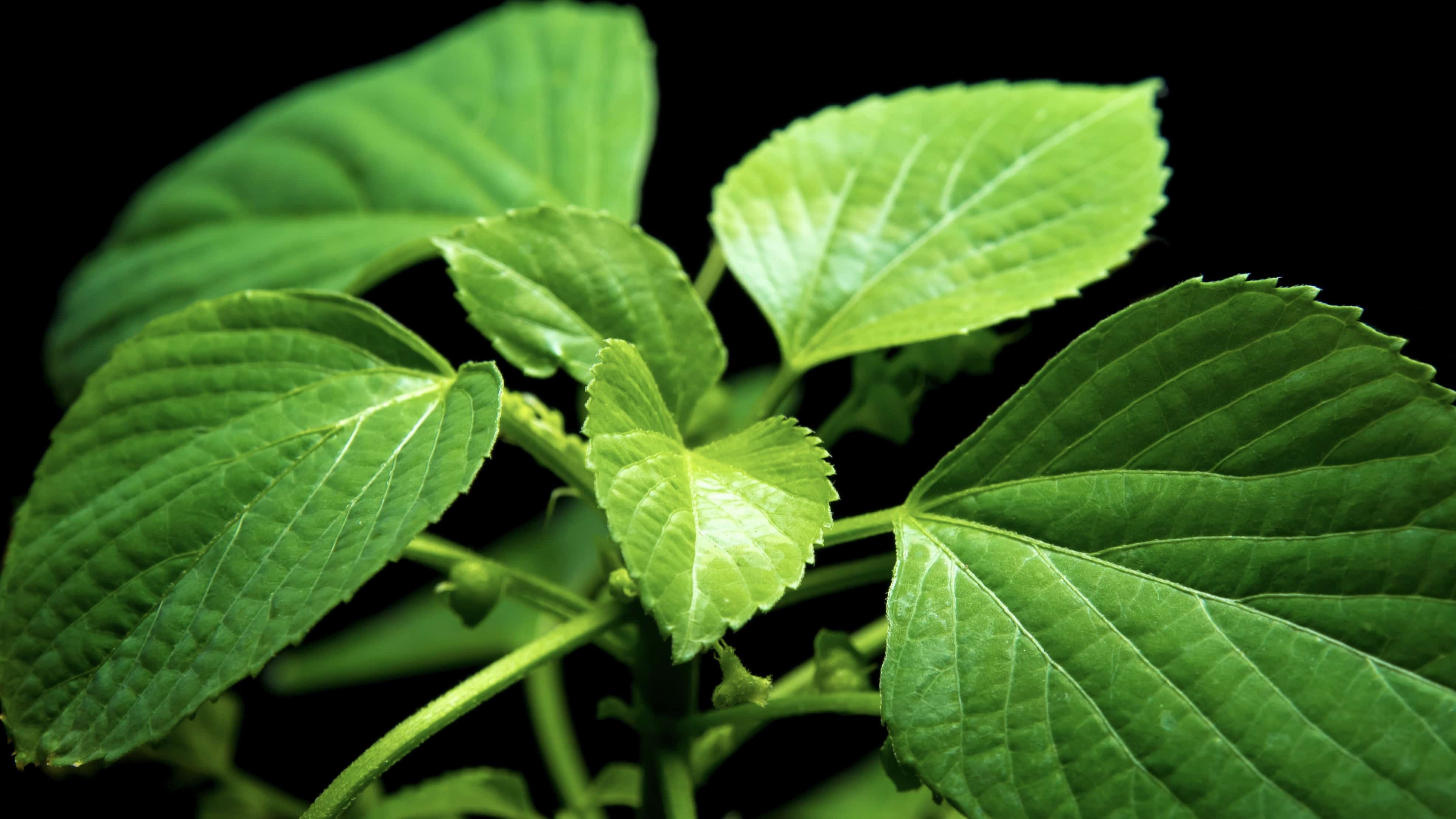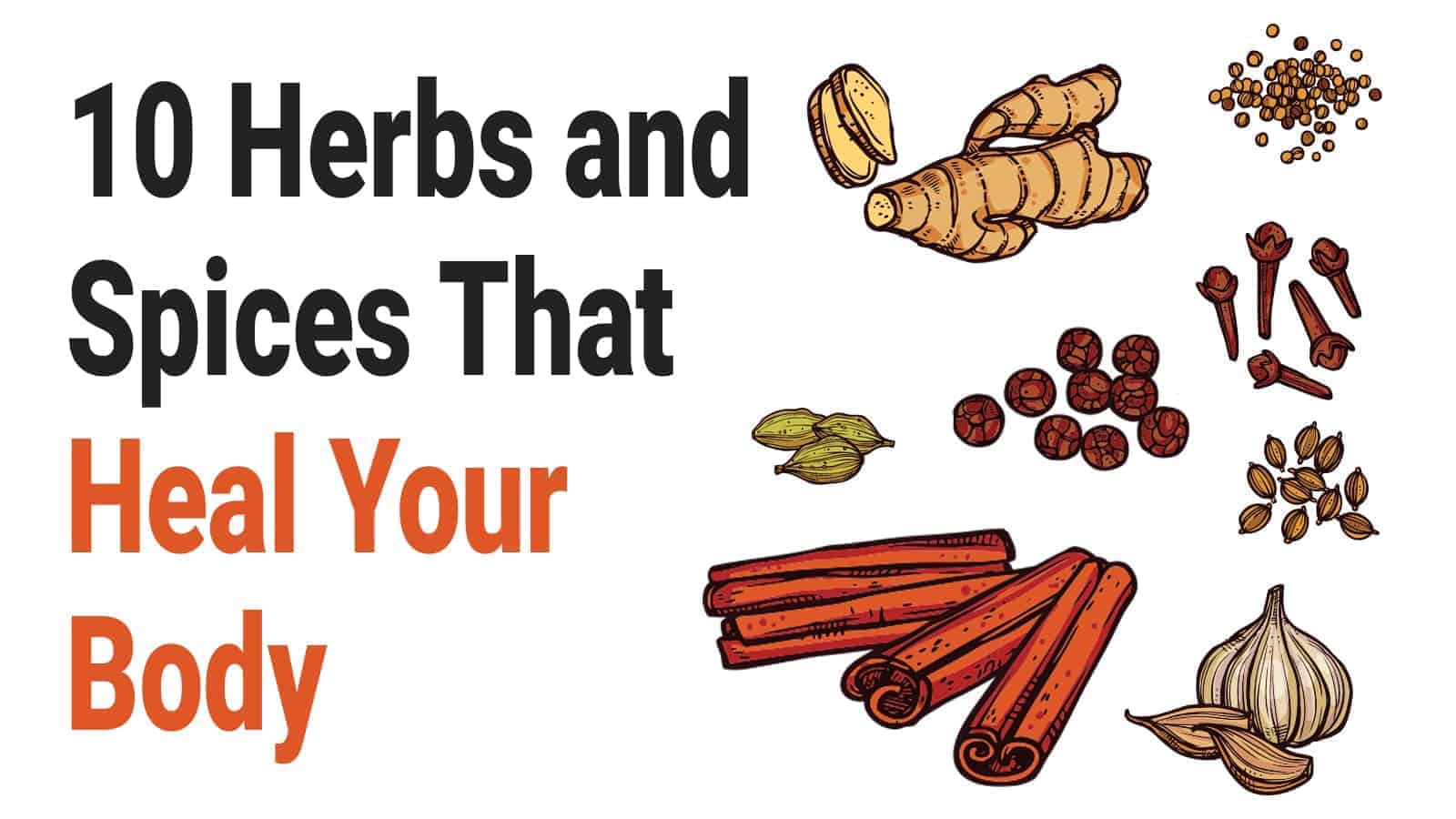Treatment for esophageal cancer may lie on the remote island of Mauritius among its indigenous plants. Mauritius is an island in the Indian Ocean, located off the eastern coast of Africa. There, Alexander Kagansky and his team performed studies of native herbs and found them to actually stop the growth of cancer. Specifically, they prevented the division and growth of the esophageal squamous cells carcinoma in vitro.
Alexander Kagansky’s study was published in a Russian Scientific Publication titled ActaNaturae in February 2019. Alexander Kagansky, a Russian scientist, holds an M.D. in Biophysics and Ph.D. in Molecular Biology. He currently serves as the Director of a Center for Genomic and Regenerative Medicine, School of Biomedicine at the Far Eastern Federal University in Vladivostok, Russia. His study focuses on finding ways to cure cancer and regenerate tissues.
Kagansky’s Study
The study began with testing 5 different plants. The medical community widely accepts research regarding the various Mauritian flowering plants and their medicinal uses. Still, scientists have little pursued more scientific evidence of their potential chemotherapeutic properties.
This study focused on evaluating the in vitro tumor cytotoxicity of the leaves of five plants. The scientists tested the five plants against six human cancer cell lines, including cervical adenocarcinoma, colorectal carcinoma, oesophageal adenocarcinoma, and oesophageal squamous cell carcinoma.
In the end, they found that 3 of the 5 plants had potential cancer cell inhibiting qualities. However, the leaves of Acalypha inefrifolia, Eugenia tinifolia, and Labourdonnaisia showed themselves effective against the division of the cancer cells for esophageal squamous carcinoma cells.
What are “cancer cells”?
Cancer cells are cells that no longer respond to the normal “cell death” that naturally occurs in our body. Cells and proteins are intended to serve their purpose and then be recycled. Cancer cells defy that act. Instead, they multiply by dividing themselves. (One becomes two, two becomes four, etc.) The more often they divide, the fewer “rules” of our biology that they follow. At a certain point, they then breakthrough tissue barriers and spread throughout the body.
The herbs discovered on Mauritius stop that division process, which then allows for the biologically designed cell death. While the ability to stop the division related to a specific dose, the herbs proved particularly sensitive to esophageal squamous carcinoma cells in comparison to the other cancer cells tested against.
Still researchers have much study and research to complete to understand how these plants create this effect on the cancer cells. But it does look very promising. Often, it is not just a simple matter of finding the plants and then making a drug. Understanding how and where the process is stopped is essential for continued attempts to find treatments for all forms of cancer and other diseases. These plants are the first to show us it can be stopped, and where.
Oesophageal Cancer
The cancer type, which doctors call oesophageal cancer, is becoming a global concern. That concern stems from the following circumstances:
- How late doctors detect the cells
- The aggressiveness of the disease
- A lack of selective treatments.
Oesophageal squamous cell carcinoma and esophageal adenocarcinoma represent the 6th leading cause of cancer deaths worldwide. Additionally, they have a 5-year survival rate of only 15% and a median survival rate of less than one year.
Oesophageal squamous cell carcinoma involves cancer cells that line the surface of the esophagus. Most commonly, it occurs in the upper and middle portions of the esophagus.
Oesophageal adenocarcinoma begins in the mucus-secreting glands in the esophagus and occurs mainly in the lower portion of the esophagus. This form is most common in the United States, and white men are the most affected.
Scientists do not fully understand why, but the following factors may lead to chronic irritation of the esophagus.
These factors might increase your risk:
- Having GERD (gastroesophageal reflux)
- Smoking
- Barrett’s esophagus (precancerous changes in the cells of the esophagus)
- Obesity
- Alcohol
- Bile reflux
- Achalasia (a condition where the esophageal sphincter doesn’t relax and therefore creates difficulty swallowing)
- Chronically drinking hot liquids
- Radiation treatment to the chest of the upper body
- Not eating a healthy diet with fruits and vegetables
Gastrointestinal issues frequently accompany this disease.
Other symptoms include the following:
- Difficulty swallowing
- Worsening indigestion or heartburn
- Coughing or hoarseness
- Unintended weight loss
Broad spectrum chemotherapy is its current treatment. However, chemotherapy is associated with toxic side effects and has a low effective rate for esophageal cancer.
Natural plants as medication
Recently, scientists have been looking to native plants for medicinal uses. Worldwide, about 50,000-80,000 plants are used medicinally. Of the top 150 prescribed medications in the U.S., at least 118 are based on natural ingredients. 74% come from plants, 5 percent from bacteria, 18% from fungi, and three percent from vertebrate species. At least about 70% of new drugs in the U.S in the last 35 years are derived from these sources.
Anti-cancer drugs save at least 30,000 lives a year. Remission for childhood leukemia increased by 85% between 1960 and 1997 due to just two drugs that were made from plants on Madagascar’s rosy periwinkle plant.
Many cultures have been using their own wild species for disease or illness treatments for several thousands of years. China is one example. Additionally, on the island of Mauritius, scientists have observed the island’s herbologists using up to 150 different plants to treat various illnesses.
The Danger of Plant Extinction
So many factors continue to contribute to the extinction of native plants. Of the 50,000 – 80,000 flowering plants used for medicinal uses, 15,000 may face extinction. It is estimated that we are losing at least one potential major drug every two years. Those drugs could have been a treatment for cancer, HIV, or any deadly disease we face.
Habitat destruction underlies part of the loss. As new and different islands become noticed by the public, demand increased. Developers and marketers continue to turn these areas into a thriving tourist location. Consequently, this growth demands land for hotels, homes, stores, utilities, etc. Destroyed habitat can also be caused by increased residential and commercial construction of homes and businesses as other areas become in demand for other resources: wood, oil, minerals, etc. There is no telling how many possible life-saving plants we have already destroyed globally due to mankind’s tremendous growth over our years on this planet.
As stated in the United States Congressional deliberations when introducing the Endangered Species Act in 1973:
“Who knows, or can say, what potential cures for cancer or other scourges, present or future, may lie locked up in the structures of plants which may yet be undiscovered, much less analyzed?… Sheer self-interest impels us to be cautious.”
Another factor is over-harvesting. About 15,000 plants face extinction due to over-harvesting or over-collection of native plants. This is considered such a concern that an organization was formed called the Wildlife Trade Monitoring Network in order to watch and control the global trade of wild plants. Part of the over-collection of plants includes when we do not use all of the plants.
For example, natural healers often use slippery elm to treat coughs, gastrointestinal issues, and skin irritants. The part of the slippery elm they commonly use is the gummy lining of the bark. The bark is stripped from the trees which are then left to rot. About 12 trees are sacrificed for 50 pounds of dried bark. Those 50 pounds of bark are valued at up to $150.00. You can imagine, then, how many trees died to satisfy the need of the populace. The slippery elm is currently considered “at risk” by the U. S. Forest Service. Some other plants considered at risk are black cohosh, American ginseng, yew, and goldenseal.
The island of Mauritius is no different in its plants, fungi, and other life being at risk.
In the words of Alexander Kagansky:
“Mauritius Island is a treasure island of the global biodiversity, and the story of continuing tragedy of human greed, barbarian appetite (remember the Dodo bird from the Alice story, RIP) and neglection of true wonders of the planet designed to save human lives. About one-third of the local plants are used in traditional medicine, but there is still a lack of scientific evidence of their therapeutic potential, while genocide of nature is most evident on such small pieces of a lost paradise. To date, only 15 percent of the island’s plant species have been examined for their medicinal properties, which is still better than in many countries…..”
Indeed, his passion and dedication to preserving the lives of various plants led him to create an organization called Bio2Bio. They are dedicated to protecting the variety of life and nature which may be a source of biological compounds. They are also working to create a database of natural molecules to aid in drug compound creation. Additionally, they hope to link various areas of medicine together so they can work off of each other in their discoveries. Alexander said it best here:
“Our research should serve the benefit of humanity and show by evidence that on the mechanistic level people depend on natural chemistries, which will reward us by reducing deaths and suffering of ourselves, our parents, and children.”


















